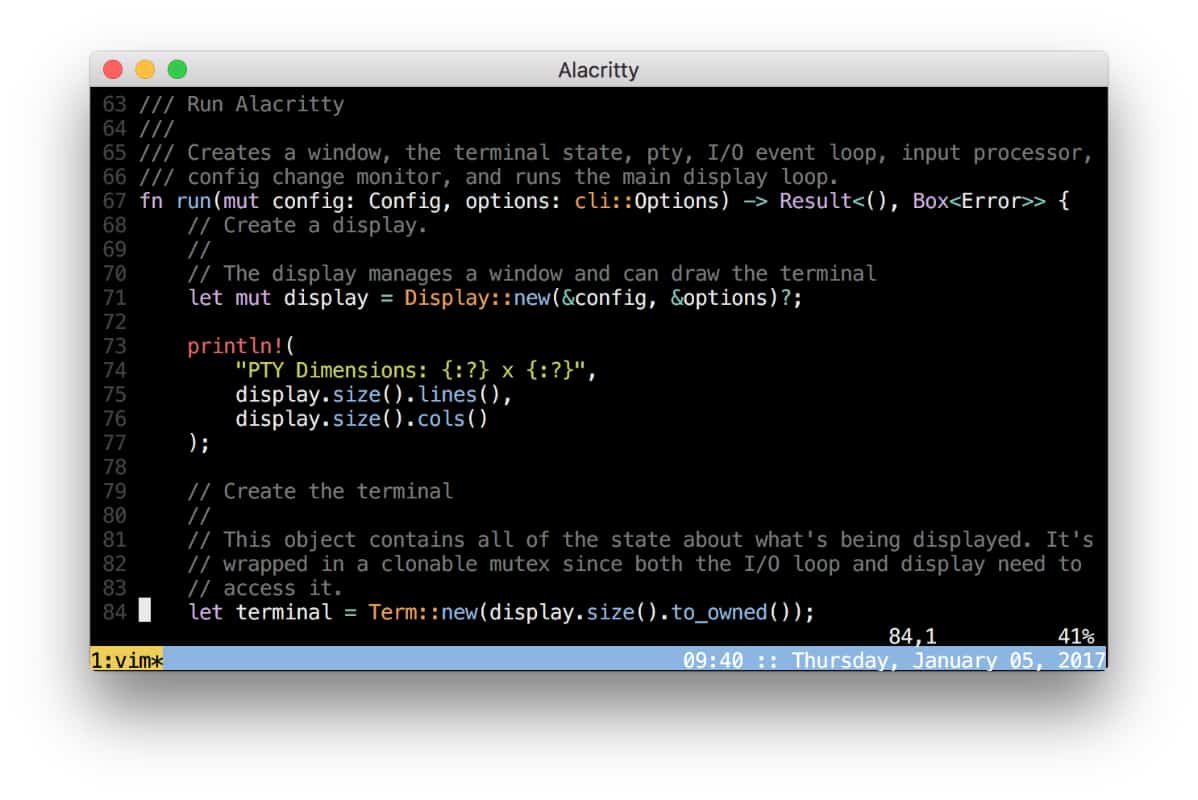Terminal is especially helpful if you’re trying to install older versions of macOS or OS X, many of which are technically accessible from the Mac App Store but will be listed as “unavailable. I often need to download files using the Terminal. However, I am unable to find the wget command on OS X. How do download files from the web via the Mac OS X bash command line option? You need to use a tool (command) called curl. It is a tool to transfer data from or to a server, using one of the following supported protocols.
Most of the time, you can re-download the current version of macOS via the Mac App Store, and older ones via these links:
Terminal For Mac
However, I’ve run into a situation several times where the Software Update mechanism simply refuses to initiate a download:
Thankfully, macOS installers can be downloaded via Terminal in macOS Catalina. This command will download the most recent version of macOS, depositing it in your Applications folder:
softwareupdate --fetch-full-installer
The softwareupdate command has some neat tricks up its sleeve, as pointed out by Armin Briegel:
The --fetch-full-installer flag has a sub-flag: --full-installer-version which allows you to download a specific version.
During my testing in the Catalina beta version I was able to download 10.15, 10.14.6, 10.14.5, and 10.13.6. I was not able to test if 10.13.6 would download the hardware specific build of 10.13.6 for the 2018 MacBook Pro, since I do not have that hardware.

So, to pull 10.13.6 down, you’d use:
softwareupdate --fetch-full-installer --full-installer-version 10.13.6 Adobe shockwave player free download for mac.
I wish Apple would just have a support document up with direct downloads for all of this stuff, but this tool is not a bad alternative.
Update: Don’t miss this documentation from JAMF for more on the subject.

Terminal User Guide
Each window in Terminal represents an instance of a shell process. The window contains a prompt that indicates you can enter a command. The prompt you see depends on your Terminal and shell preferences, but it often includes the name of the host you’re logged in to, your current working folder, your user name, and a prompt symbol. For example, if a user named michael is using the default zsh shell, the prompt appears as:
This indicates that the user named michael is logged in to a computer named MacBook-Pro, and the current folder is his home folder, indicated by the tilde (~).
Open Terminal
On your Mac, do one of the following:
Click the Launchpad icon in the Dock, type Terminal in the search field, then click Terminal.
In the Finder , open the /Applications/Utilities folder, then double-click Terminal.
Quit Terminal
In the Terminal app on your Mac, choose Terminal > Quit Terminal.

Quit a shell session
Terminal App Mac Download Software
In the Terminal app on your Mac, in the window running the shell process you want to quit, type
exit, then press Return.
Open Terminal In Mac
This ensures that commands actively running in the shell are closed. If anything’s still in progress, a dialog appears.
If you want to change the shell exit behavior, see Change Profiles Shell preferences.